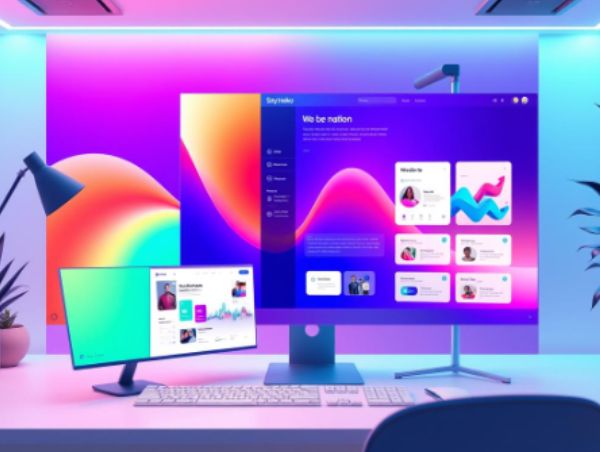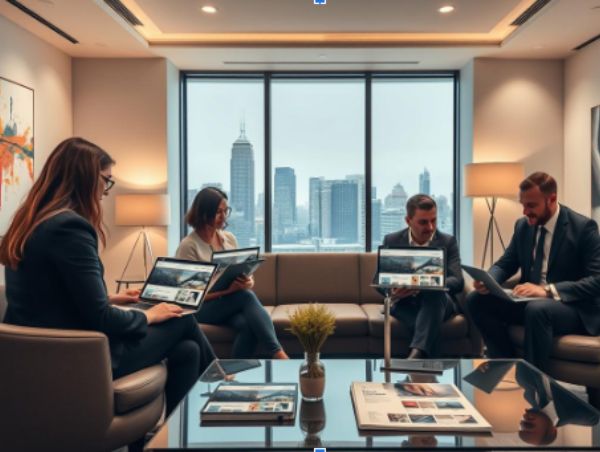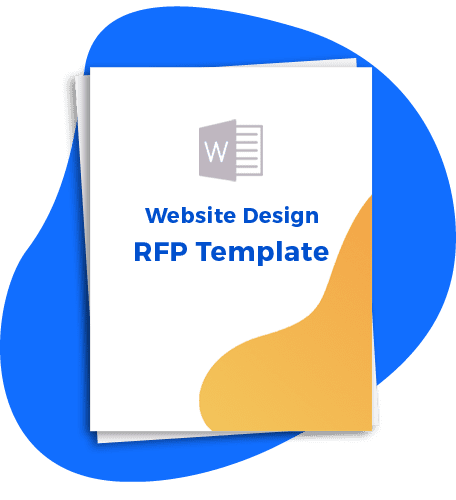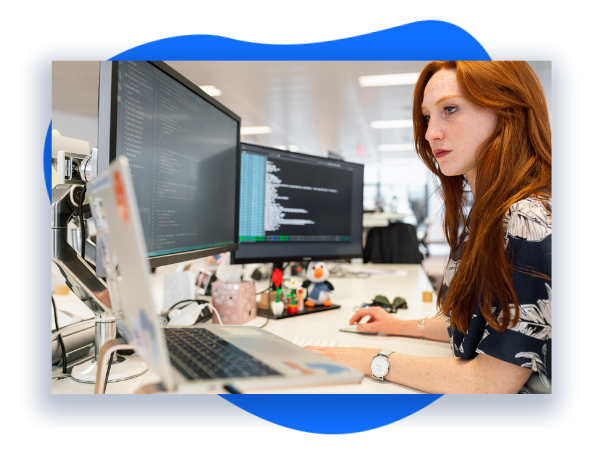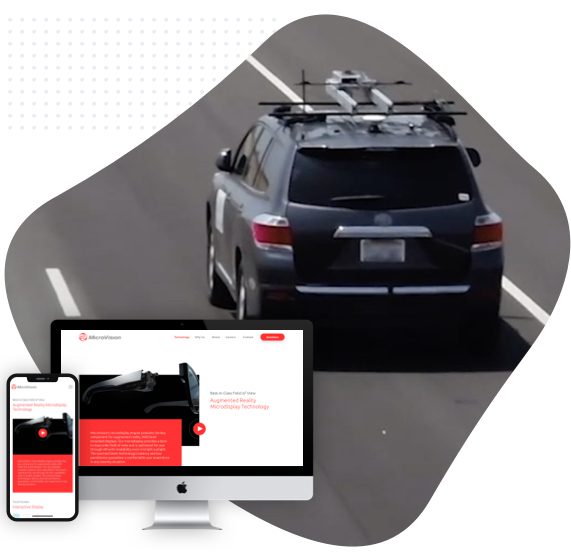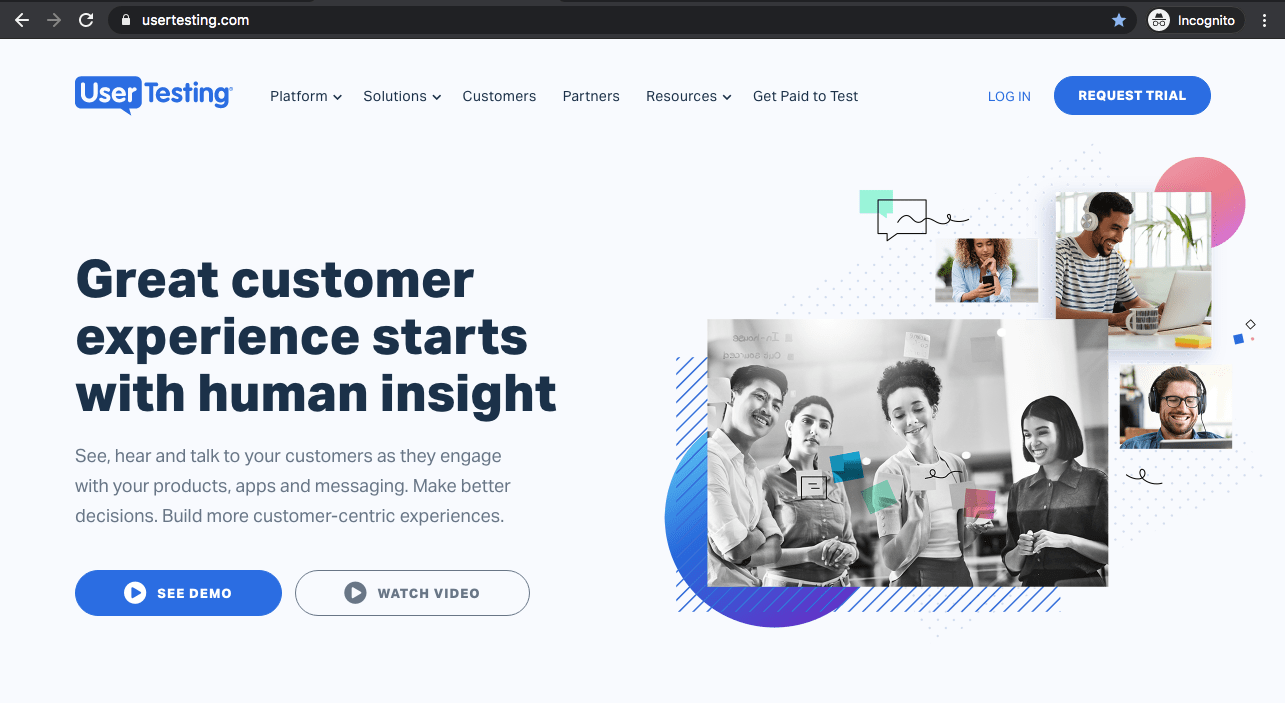Unraveling the Contrast Between Graphic Design and Web Design: Major Distinctions
Unraveling the Contrast Between Graphic Design and Web Design: Major Distinctions
In the visually driven digital world, both graphic design and web design play critical roles in creating impactful visual experiences. While the two disciplines share similarities, there are distinct differences that set them apart. Understanding these contrasts is essential for businesses and individuals seeking to leverage the power of design effectively.
To highlight these distinctions, we will unravel the major distinctions between graphic design and web design, providing insights into their unique characteristics and the expertise required for each.
Purpose and Medium
Graphic design primarily focus on creating visuals for various print and digital mediums, such as logos, brochures, packaging, and branding materials. It involves using typography, colours, images, and illustrations to communicate messages and evoke emotions. It also aims to create visually appealing and cohesive designs that effectively convey a brand’s identity and values.
Web design, on the other hand, revolves around designing and creating websites. It encompasses the layout, user interface (UI), user experience (UX), navigation, and interactive elements that shape the online presence of a business or individual.
Today, it goes beyond static visuals and requires a deep understanding of user behaviour, responsive design, and the technical aspects of web development.
Interactivity and Functionality
Graphic design is predominantly static, focusing on creating visual compositions that deliver a message or evoke a specific response. It does not involve interactivity or complex functionality. Designers use their expertise in visual communication to create compelling designs that effectively engage the target audience.
In contrast, web design emphasizes interactivity and functionality. Web designers need to consider how users will interact with the website, ensuring intuitive navigation, seamless user experience, and user-friendly interfaces. They must understand the technical aspects of web development, such as coding languages like HTML, CSS, and JavaScript, to bring their designs to life.
They also work closely with developers to create dynamic and interactive web experiences.
Layout and Hierarchy
Graphic design focuses on creating visual layouts for a specific print or digital mediums, carefully considering composition, balance, and visual hierarchy.
Designers use elements like typography, imagery, and colour schemes to guide the viewer’s attention and create a visually appealing composition. They work within fixed dimensions and consider how the design will fit within the intended medium.
Web design, however, involves designing layouts that are responsive and adaptable to different screen sizes and devices. Web designers prioritize flexibility and scalability to ensure optimal user experience across desktops, tablets, and mobile devices. They must consider how the design elements will adapt and rearrange based on the available screen space.
User Experience and User Interface Design
User experience (UX) and user interface (UI) design are fundamental aspects of web design. UX design focuses on understanding user behaviour, needs, and expectations to create a seamless and intuitive browsing experience.
It involves information architecture, wireframing, prototyping, and usability testing. UX designers aim to optimize the user journey, improve conversions, and enhance user satisfaction.
UI design, on the other hand, focuses on the visual elements that users interact with on a website. It encompasses the selection of colours, typography, icons, buttons, and other visual elements that contribute to the overall look and feel of the website. UI designers aim to create visually appealing interfaces that are aesthetically pleasing and align with the brand’s identity while ensuring usability and accessibility.
Constraints and Considerations
Graphic design often have fewer technical constraints compared to web design. Graphic designers have more creative freedom to experiment with various visual styles, typography treatments, and colour schemes.
However, they must consider the limitations of the medium they are designing for, such as printing processes, colour accuracy, and file formats.
Web design operates within the confines of web development, requiring a deep understanding of technical considerations. Web designers must account for factors like browser compatibility, responsive design principles, loading speed optimization, and search engine optimization (SEO).
They collaborate with developers to ensure that their designs can be effectively implemented on the web.
Conclusion
Understanding the contrast between graphic design and web design is crucial for businesses and individuals looking to leverage the power of design effectively. While graphic design focuses on static visuals for print and digital mediums, web design revolves around creating interactive and functional online experiences.
By recognizing the unique characteristics and expertise required for each discipline, businesses can make informed decisions when seeking design services.
If you’re in the market for web design Seattle services, you can always reach out to us at Sayenko Design today and let our experienced team bring your visual concepts to life!



